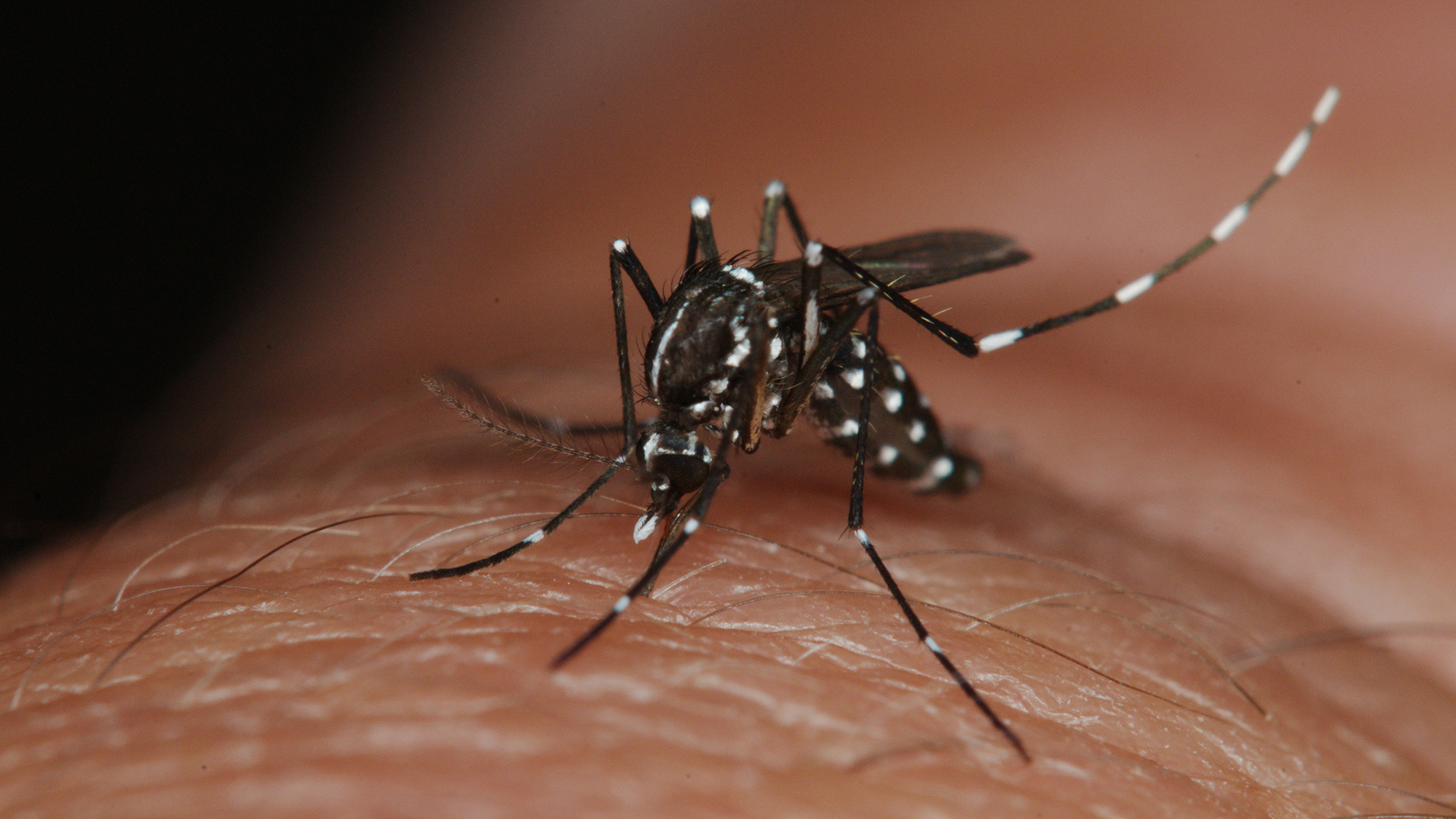It’s Peak Mosquito Time on the Atlantic Coast: Will Zika Follow?
Now that Florida has become ground zero for locally-transmitted Zika virus in the United States, researchers are scrambling to quantify the risk to other regions of the country.
And while the subtropical simmer of the Gulf Coast remains the focus of interest, disease modelers are increasingly worried about the potential of the virus’s spread along the Atlantic seaboard, now that mosquito season — and a particularly hardy species of mosquito — are reaching a peak.

A new study published ahead of peer review on the pre-print website bioRxiv warns that the confluence of hot summer weather, a rising population of the tough-traveling Asian tiger mosquito, and dense urban populations, create a near ideal situation for an infected traveler returning from abroad (or from southern Florida) to set off a Zika outbreak in places such as Washington, D.C., Philadelphia and even New York City.
Not only is the threat present, the researchers say, but the odds are surprisingly high.
“One of every two infectious travelers arriving at peak mosquito season could initiate local transmission,” according to the research analysis, conducted by a multidisciplinary team at institutions from the Cary Institute of Ecosystem Studies in New York to Tulane University. “The model indicates that outbreaks can plausibly occur in major cities in the eastern United States, with hundreds of potential victims in localized areas, under conditions that are not atypical.”
In the third month of an unusually warm summer, mosquito populations are thriving; this time of year is considered peak mosquito season. Certainly, the model defines it as such. And mosquito densities do not need to be very high to start a Zika outbreak, scientists say. “We ran the model for different mosquito densities ranging from two mosquitoes per person to 10 mosquitoes per person in a local area,” explained study author Carrie Manore, a mathematical epidemiologist at Tulane University. All of those – from high to low – were enough to foster Zika transmission in the model.
Still she acknowledged that estimating the precise conditions that would kick off an outbreak is an inexact science. In an email, Manore noted the tricky variables inherent in mosquito-borne disease modeling: “Probably only 20 percent of the cases will result in symptoms and a subset of that will actually be reported, meaning there could be local transmission without us ever knowing.”
What is certain are the conditions that exacerbate mosquito breeding. In an interview earlier this year, Shannon LaDeau, of the Cary Institute, one of the new study’s authors, noted that urban environments, especially where water can pool in trash receptacles and other containers, offer an excellent breeding ground for vectors like the Asian tiger mosquito. Disease epidemiologists also warn that the risk may be highest in the densely packed, less-affluent urban areas.
But that doesn’t mean they aren’t concerned about a wider threat. After running their model in Philadelphia, for example, the scientists predicted that in 14 percent of scenarios, more than 100 people would become infected if Zika was introduced by a traveler returning with the disease. In more than half of the runs of that model, at least one new person was infected. The model also showed that the risk of serious outbreaks rose as the mosquito season lengthened, a concern that would increase should the weather remain hot and sticky later into the year.
Such results don’t surprise Dina Fonseca, an entomologist at Rutgers University, who studies the habits of mosquitoes.
“Right now we’re entering the most dangerous time in terms of density of Aedes albopictus,” she said, referring to the Asian tiger mosquito. “In July is when they start to go crazy, at least here in New Jersey, but they peak in August.”
Aedes albopictus has sometimes been described as a fierce variety of mosquito. While most of the attention has been paid to Aedes aegypti, or yellow fever mosquito, implicated in Zika’s spread in Latin America, the more hardy Asian tiger mosquito, also capable of transmitting Zika, has spread to more northern latitudes and could potentially cause an outbreak along the more northern Atlantic states, Fonseca explained.
This study tries to quantify that risk, Fonseca said. And while such analysis should be considered preliminary, “Their message is: ‘Don’t just assume that it can’t happen. There’s a reasonable probability that this could happen.’”










